Stories Category: Intensive Care

Tranexamic Acid in Gastrointestinal Bleeding
Extended-use high-dose IV tranexamic acid does not improve mortality or bleeding outcomes and increases adverse events. Low-dose/enteral tranexamic acid may be effective in reducing hemorrhage; more evidence is required to... read more
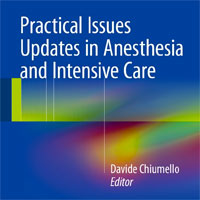
Practical Issues Updates in Anesthesia and Intensive Care
This book describes the state of the art concerning some of the most hotly debated topics in anesthesia and intensive care and is at the same time intended to serve as a useful practical guide that will assist in improving... read more
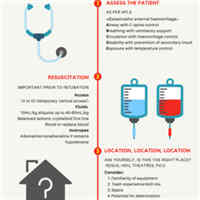
Critically Unwell Child Intubation in the ED
Intubation in the pediatric emergency department is scary stuff. For critically ill children who require intubation, it is rarely practiced outside of the critical care unit. With the centralization of services there are... read more

Hydroxychloroquine Not Associated With Decreased Risk for COVID-19 Hospitalization
Results of a multicenter, double-blinded, randomized controlled trial found no evidence to support the use of hydroxychloroquine for COVID-19 infection in the outpatient setting. These findings were published in The Lancet... read more
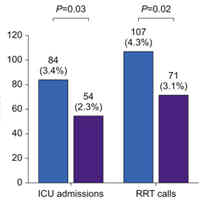
Patients Monitored Using Wearable Monitors Experienced Fewer Unplanned ICU Admissions
Implementation of continuous monitoring of patient vital signs using wearable monitoring technology linked wirelessly to hospital systems was associated with a reduction in unplanned ICU admissions and rapid response team... read more

Voiceless Patients in ICU Regard High-tech AAC Devices As Useful
Although the existing evidence is limited, voiceless patients regard augmentative and alternative communication (high-tech AAC) devices as a useful, reliable, and acceptable alternative communication choice in the ICU. Multicenter,... read more

Majority of Family Members of COVID-19 Patients Treated in the ICU Report PTSD Symptoms
A majority of family members of COVID-19 patients treated in ICUs reported significant symptoms of post-traumatic stress disorder in the following months, according to a study published Monday that sheds new light on the... read more

Setting up a Rescue ECLS Program
Extracorporeal life support (ECLS) is a high-risk, lifesaving medical treatment that is typically limited to centers that can support a comprehensive ECLS program. Rescue programs can bridge the gap in care between ECLS centers... read more
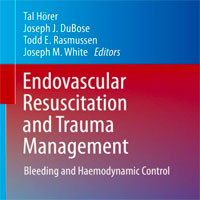
Endovascular Resuscitation and Trauma Management
This book focuses on endovascular methods for resuscitation and trauma management. Written by highly qualified and clinically active physicians from around the world, it shares information gathered over the past decade,... read more
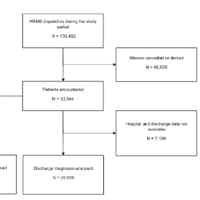
Standardized Data Collection in Prehospital Critical Care
The medical problems categorized by HEMS personnel can be seen as valid. The greatest challenges remain in the classification of stroke and other neurological emergencies. Patients treated by HEMS personnel are characterized... read more

Inflammation Causes COVID-19-related Loss of Smell Not The Virus
This study found that COVID-19 infection is associated with axon injuries and microvasculopathy in olfactory tissue. The striking axonal pathology in some cases indicates that olfactory dysfunction in COVID-19 infection may... read more

AI Predicts If And When Cardiac Arrest Will Happen
Sudden cardiac death from arrhythmia is a major cause of mortality worldwide. In this study, we developed a novel deep learning (DL) approach that blends neural networks and survival analysis to predict patient-specific survival... read more

Risk of Serious Blood Clots Up To 6 Months After COVID-19
A study from Sweden finds an increased risk of deep vein thrombosis (a blood clot in the leg) up to three months after COVID-19 infection, pulmonary embolism (a blood clot in the lung) up to six months, and a bleeding event... read more
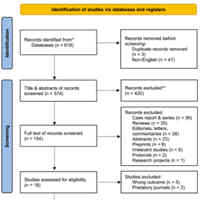
Post COVID-19 Pulmonary Fibrosis
Pulmonary fibrosis is a frequently reported COVID-19 sequela in which the exact prevalence and risk factors are yet to be established. This meta-analysis aims to investigate the prevalence of post-COVID-19 pulmonary fibrosis... read more








